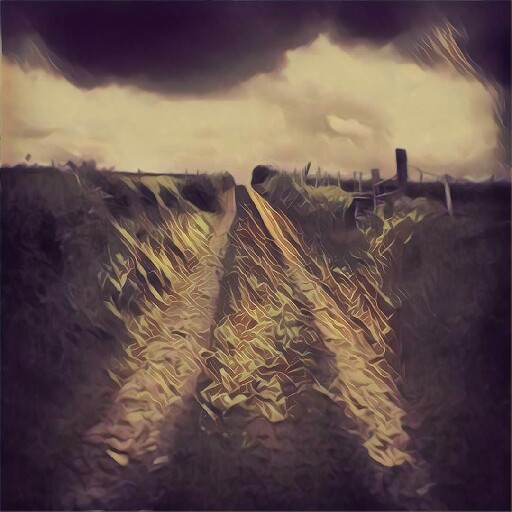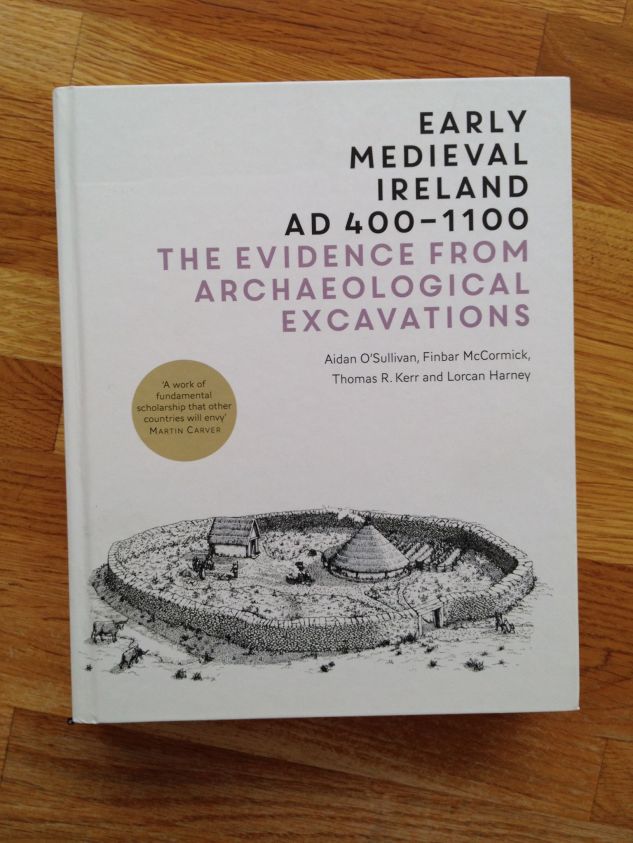I love me an auld folklore mystery. Especially when it involves the folklore of the west coast of Ireland. Throw in the possibility that it may contain enshrined elements of past ritual activity associated with surviving archaeology and I’m all yours. So when DrBeachcombing of Beachcombing’s Bizarre History Blog recently sent notice of a fantastic nugget of folklore concerning an 1830s Bathing Mystery at Lahinch (Co. Clare) which was classified by stuffy antiquarians as a ‘Pagan Observance on the West Coast of Ireland’… needless to say, he had me at ‘WTF’.
For the main event and details you should read the original post by DrB, which involves anonymous nineteenth century correspondence, a presidential address to the Folklore Society and the mysterious and scandalous bathing habits of the local population of nineteenth century Lahinch. These appear to have involved naked males, wooden implements of mass destruction, ceremonial procession, obscured rituals shielded from profane eyes and wild pagan delight along the lines of the Wicker Man afterwards. What are you still doing here? Read it.
“A sort of horror seemed to hang over everything until the bathing ceremony was completed, and everyone, particularly the women, seemed anxious to keep out of the line of procession, while the ceremony was strictly guarded from the observation of the ‘profane’. As soon as it was over, all the rabble rout, both male and female, of the village flocked about the performers, and for some time kept up loud shouts.”
Laurence Gomme, Presidential address to the Folklore Society, 1892




